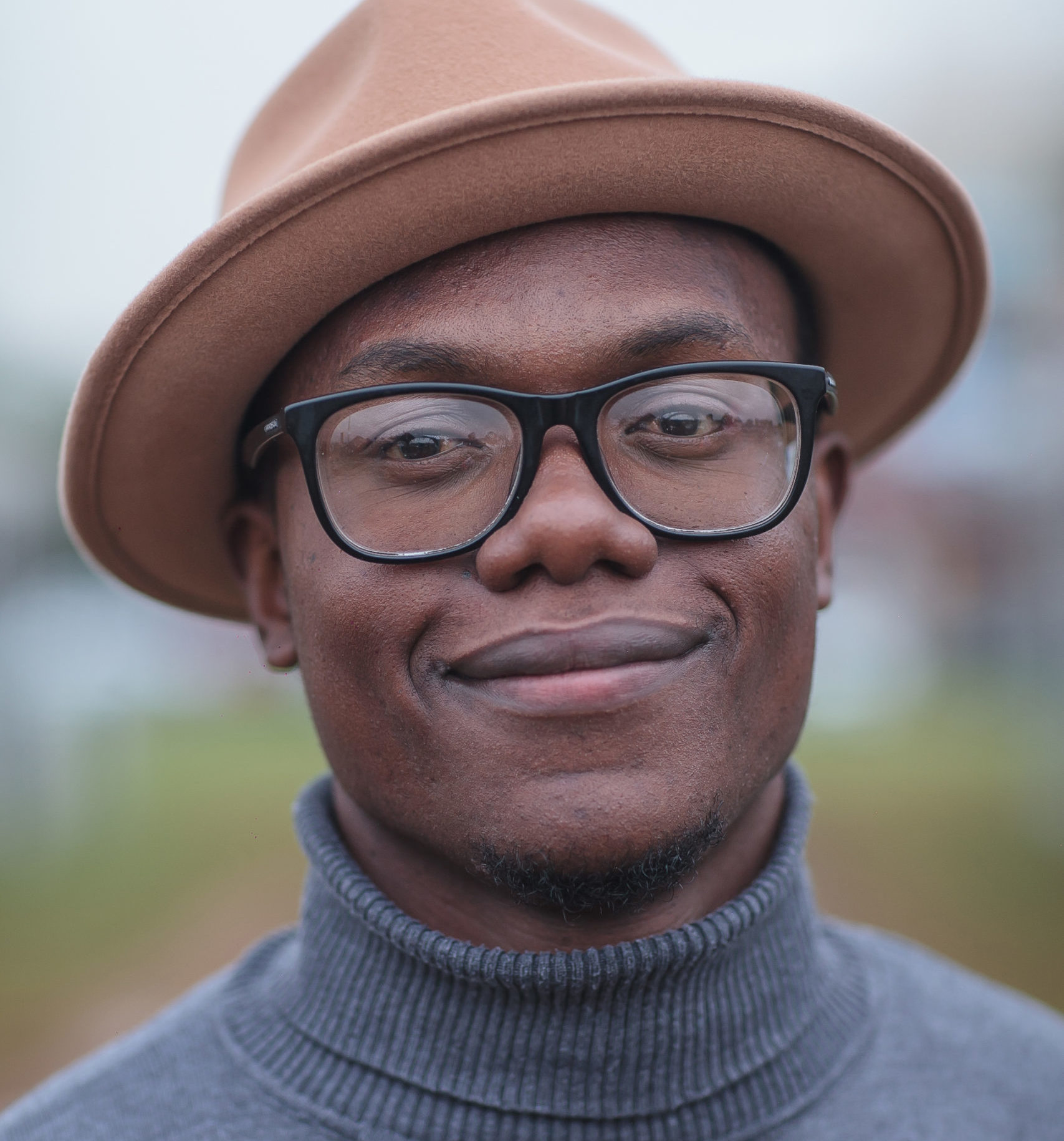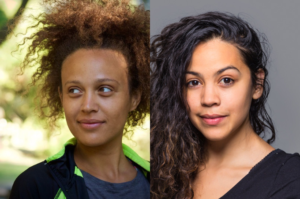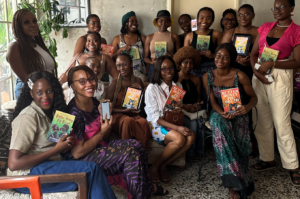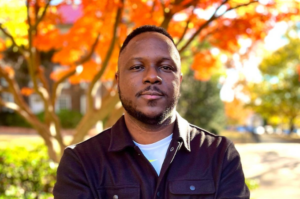
We are honored to feature Rémy Ngamije as the first author in our month-long celebration of emerging African literary voices. Ngamije is a Rwandan-born Namibian writer and photographer. He is the co-founder and editor-in-chief of Doek, Namibia’s first and only literary magazine. His stories have appeared in The Johannesburg Review of Books, Columbia Journal, and he was shortlisted for the AKO Caine Prize for African Writing in 2020.
His novel, The Eternal Audience of One is a cinematic journey of a young Rwandan student, Seraphine who is in his final year at Remns University in Cape Town. The novel primarily focuses on Seraphine and his group of millennial friends who are attempting to carve out their own position in the world, but it also highlights the intricacies of racism, colorism and the emotional plight of African immigrants on the continent. Rémy’s writing is compelling, witty, and hooks into your skin.
In this interview, we talk about the inspiration for the book and the lingering effects of colonial thinking in the contemporary African moment.
Scroll down to read or watch my interview with Ngamije.
Leslie-Ann Murray
Remy, tell us about The Eternal Audience of One.
Rémy Ngamije
It’s a story that has been living in my head ever since I went to university in 2017. It follows a young Rwandan man who is in his final year at Remns University in South Africa. It’s a coming of age story in a sense because the main character, Seraphine is coming to grips with who he is and who he is expected to be, as he approaches graduating law school. The book explores his life in migration, that of his family’s life, and a host of eclectic characters he encounters along the way. I wanted to show how pleasant and dangerous it is to be lost in the magical phase of university life.
Leslie-Ann Murray
Your novel is different from a lot of contemporary African novels because it highlights African immigrants on the continent as opposed to African immigrants in the West.
Rémy Ngamije
All of the stories that I have read growing up were all about people leaving home and going somewhere and that somewhere was always crossing the Atlantic. Even the great adventure stories are about someone leaving their home and going to a faraway land. It’s never about leaving your village and going to the village ten kilometers down the road, so that sense of travel and adventure is what I’ve internalized as immigration. For a very long time, I did not consider myself an immigrant because our localized pattern of immigration did not follow the European model. I realized that a lot of Africans move to a nearby African country because it’s closer, the cultures are similar, and it’s a lot easier to go back home. It’s only a very select few who leave, but the stories we read don’t reflect this. It was a big act of courage for me to put a story set in Windhoek, Kigali, Nairobi, and Cape Town. It was a big fear for me — would anyone relate to the story, the humor, the sadness or the pain? I had to be brave and accept that this was the story and be truthful to the story.
Leslie-Ann Murray
In the novel, we see the architecture of colonialism being played out via the Rwandan genocide, xenophobia in Namibia, and colorism in South Africa. Why did you highlight these colonial aftershocks?
Rémy Ngamije
Wow, colonization, what a big and weighty topic. It’s dangerous to tackle that beast as one unitary experience. What I can tell you is, in the novel, the effects of colonization happen in which the local population are taught to reject everything about themselves and respond positively to what is foreign and what comes from the outside. This foreignness and outsideness is not regional and local. It’s purely from a white gaze perspective. Growing up, Namibians used to call me a foreigner, but they would call a British person an expat. The local community responds positively to everything that is white and European and white and America, but not black and African. Here in Namibia and South Africa, you have black communities whose entire aspiration is to divorce themselves as much as possible from blackness and to embrace whiteness. Even though the colonial spaceship might have moved on, its shadows still loom here, and things are still playing out in very disturbing ways.
Leslie-Ann Murray
In an interview, you said, “The beauty in Namibia is fictional, but the reality is down right hard and nobody wants to talk about that.” Why not talk about it?
Rémy Ngamije
If you talk about it, then we have to ask hard questions. We don’t talk about the hard things because they lead us into the very areas that history is trying to avoid. If you don’t talk about it, then it doesn’t exist. I got a lot of flack for being direct about a lot of realities in this country. You want me to write about sand dunes or game drives I’ve never seen? This is not the “Out of Africa” movie, this is real. You will land in Namibia, and you will tell me about the sand dunes, the beautiful landscapes and places. But what is the point of beauty when most of the population can’t afford to travel internally to see the sand dunes because they are in somebody’s private farm? Beauty that is locked away is not beauty. Imagine if the Mona Lisa was locked away in somebody’s basement. Is it still beautiful when you can’t see it? Beauty is a communal thing.
Leslie-Ann Murray
In the novel, Seraphine expresses his happiness, regrets, sorrows, and love by making musical playlists. Tell me, what are the top five songs that should be played when a bunch of African writers are socializing?
Rémy Ngamije
Man, there is too much music. But this is what I will recommend:
- Paulette by Balla Et Ses Balladins
- Mon Amour, Ma Cherie by Amadou and Mariam
- Yamore by Salif Keita and Cesaria Evora
- Dibi Dibi Rek by Ismael Lo
- Wassiye by Habib Koité
- Yolele by Papa Wemba
Leslie-Ann Murray
Thank you Rémy for taking the time to chat with me. It’s been a pleasure.










COMMENTS -
Reader Interactions